1st May to 8th May 2023. Cumbria, UK
The UK training action for the ALITHE project (2020-1-UK01-KA227-ADU-094433) was hosted by Grampus Heritage and Training Ltd in Cumbria from 1st to 8th May 2023. We invited project partners to each send 2 learners to participate in the week of activities. The programme mainly focused on Roman history and archaeology in the area, a period which has strong links across the European partnership regions. In addition to the Roman period, we included visits to other sites which illustrate our shared heritage, such as the work and training carried out by Grampus at the medieval monastery of Holme Cultram. Our aim was to combine learning through a series of site visits with a practical archaeological survey and small excavation.
Tuesday 2nd May:
Programme for participants. Learning in the rural historic environment.
Site of Moresby Roman Fort (Gabrosentum)
Gosforth Viking Age Hogback stones and cross-shaft
Hardknott Roman Fort (Mediobogdum)
Ambleside Roman Fort (Galava)





Wednesday 3rd May: Carlisle and Hadrian’s Wall. Active learning on the Roman Frontier.
Carlisle – Wardell Armstrong Archaeology Company. Recent and planned community excavations with training provision on a Roman Bath House in Carlisle.



Carlisle City Centre – A short walk in the centre of the small city.
Vindolanda (Lunch in café) – Roman Fort and exhibition Long Running Excavations open to Students. Opportunity to see the current excavations and ask questions.

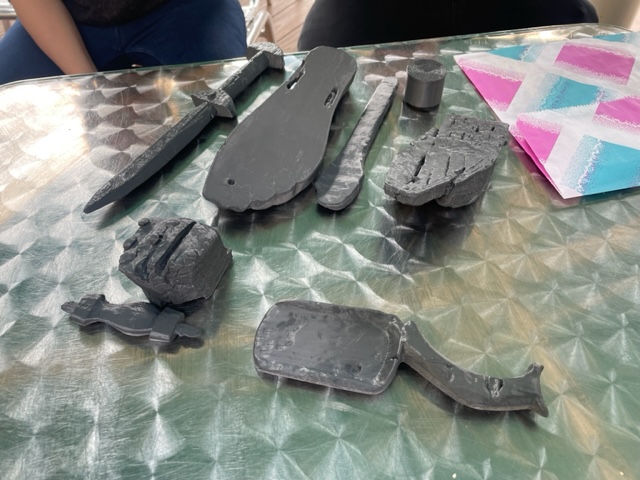




The Sill – Northumberland National Park Visitor Centre
Steel Rigg – Iconic Viewpoint on Hadrian’s Wall

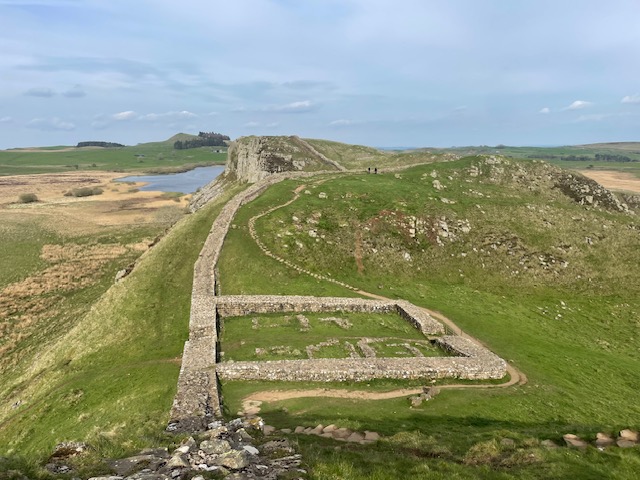

Thursday 4th May: Active Learning on the Solway Coast
In the morning we visited Abbeytown, the site of the medieval Holme Cultram Cistercian Monastery (established 1150). Grampus explained the community archaeology projects and excavations they have led there for more than 10 years.
In the afternoon we travelled down the Solway coast where we have undertaken archaeological surveys with volunteers, identifying and recording historic landscape features including salt-making sites.
We visited the small Senhouse Roman Museum and site of the Roman fort of ‘Alauna’ at Maryport. We discussed the Roman coastal defences on this ‘edge of Empire’ and learned about the education and training activities carried out by the museum. We also visited examples of ‘intertidal archaeology’ and the potential for investigating sites and active learning in the intertidal zone.

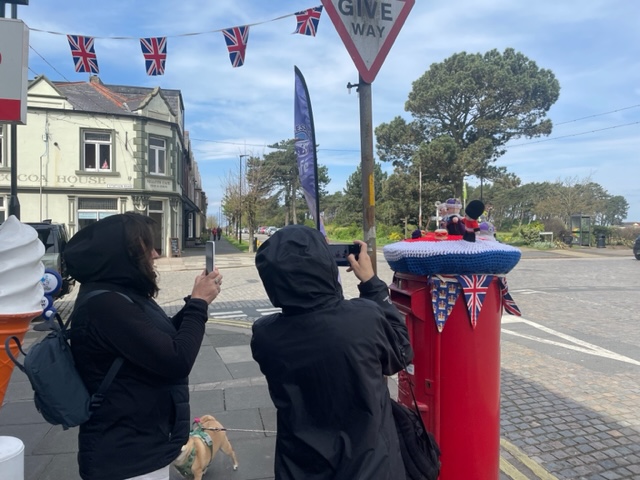

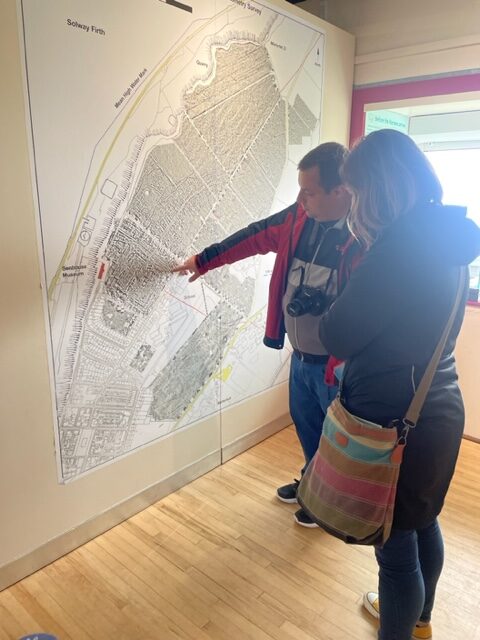


Dearham church (early medieval carvings)
Friday/Saturday 5th – 6th May: Our own Survey and Excavation
During the second part of the week, we completed our own small survey and excavation close to the Roman Fort of ‘Old Carlisle’ (Olenacum)
Although the site of the Roman Fort is a protected monument, we identified an area outside of the protected area which may have archaeological remains associated with the fort.








We learned to use geophysical survey equipment (resistance meter and magnetometry) to search for buried remains and evidence of roads. Our target area for excavation was in woodland but this may have preserved remains by preventing ploughing and cultivation. We cleared the vegetation in a small area of the woodland and had a small archaeological excavation. The work could be the catalyst for a new future training project!
7th May – Visit to Lake district National Park. Keswick Town, Derwentwater (Exploring the historic environment from the water), Castlerigg Stone Circle.
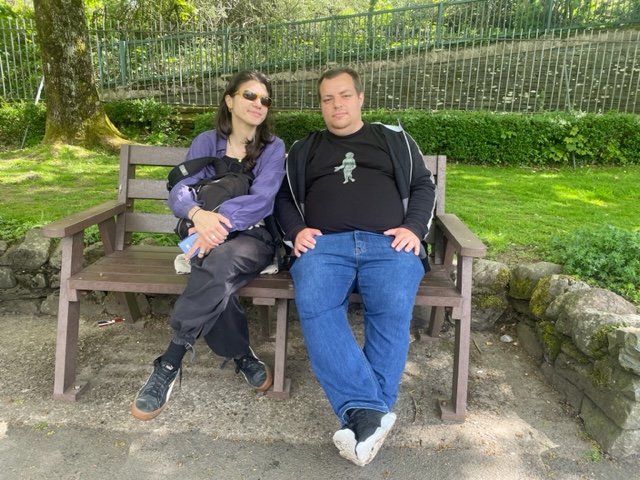




8th May: Departure

The European Commission support for the production of this publication does not constitute an endorsement of the contents which reflects the views only of the authors, and the Commission cannot be held responsible for any use which may be made of the information contained therein.

